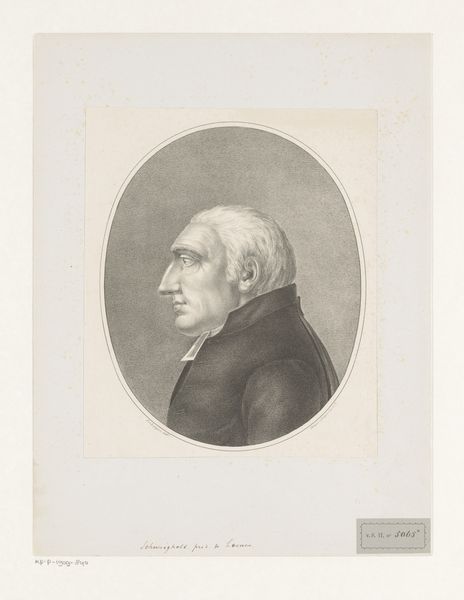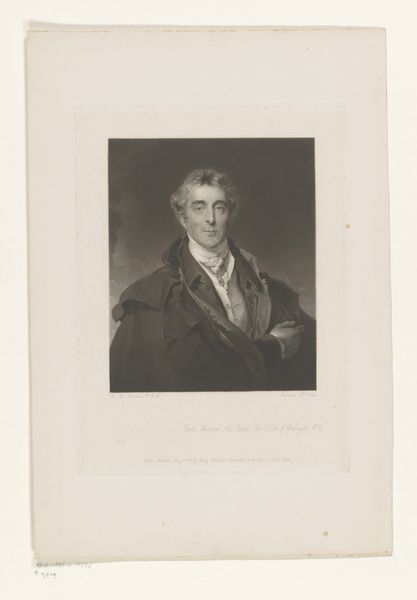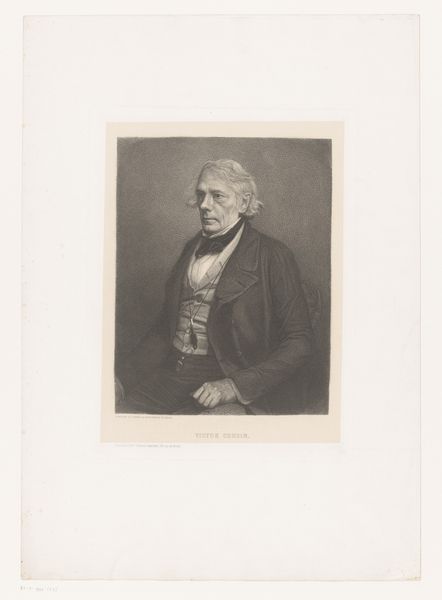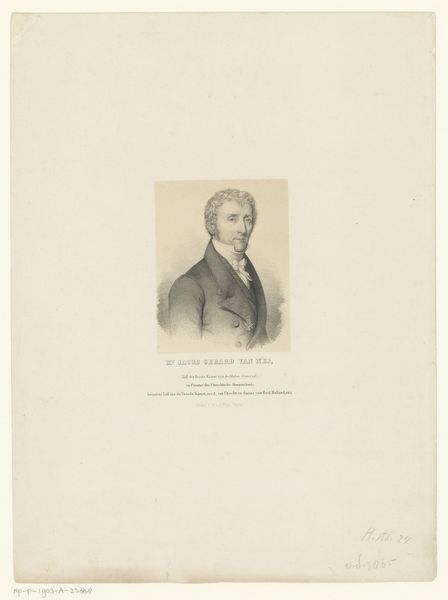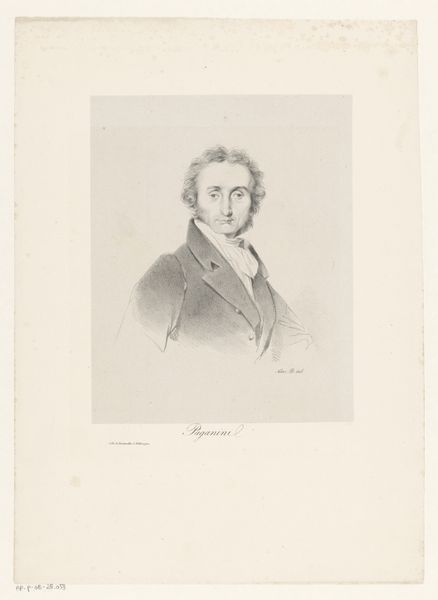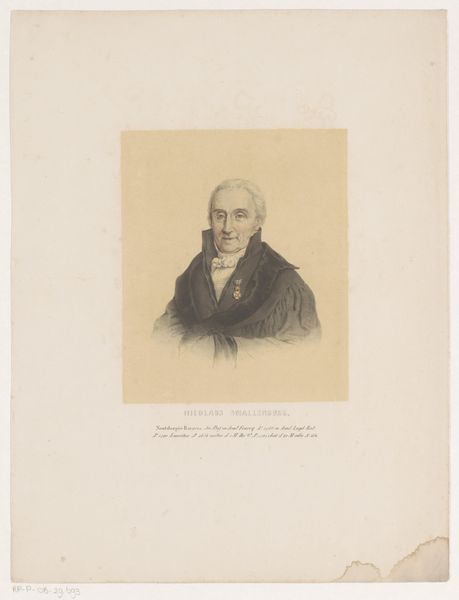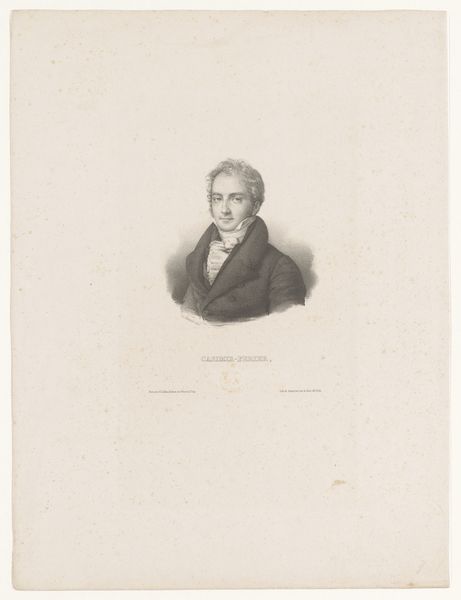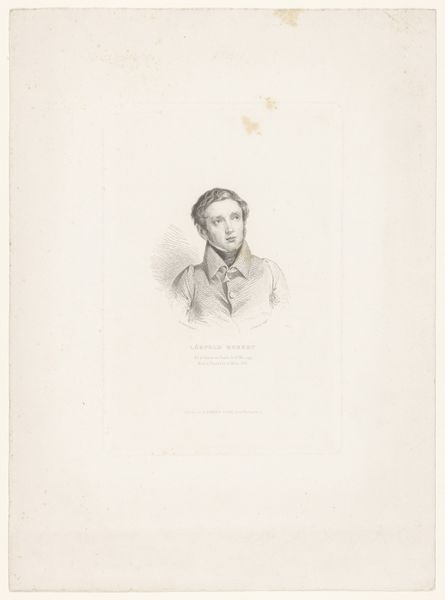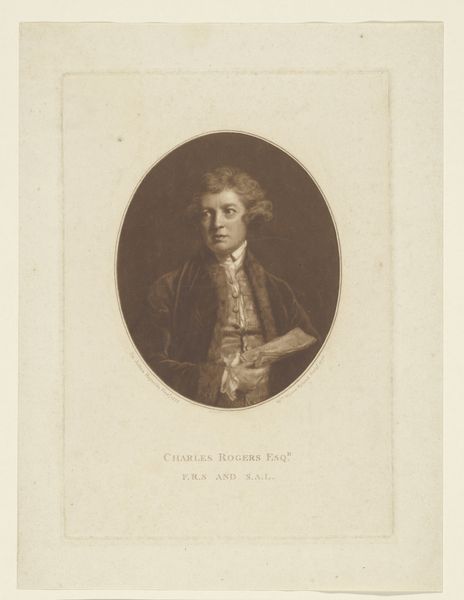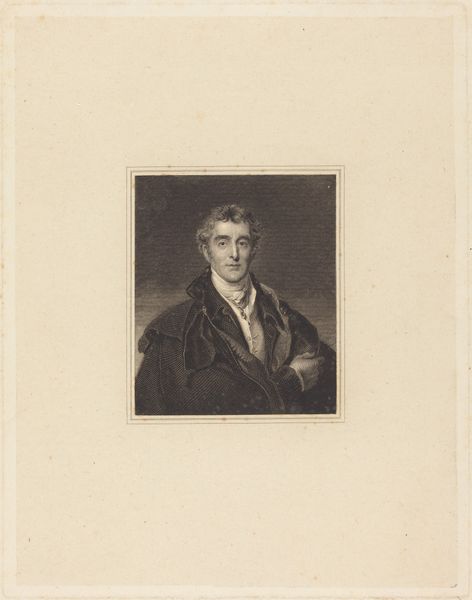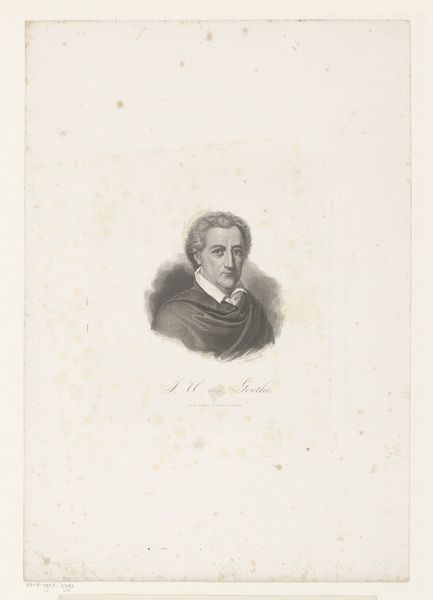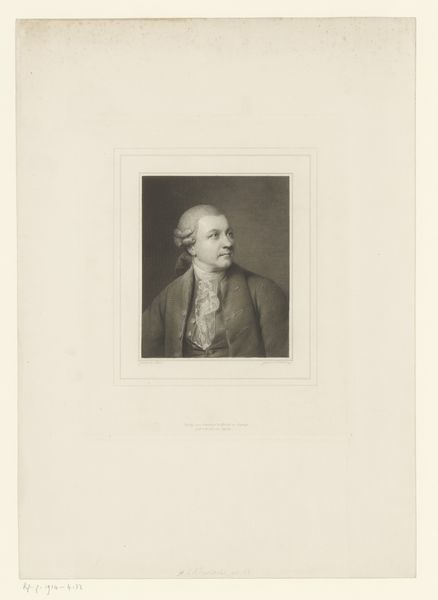
print, engraving
#
portrait
#
neoclacissism
# print
#
historical photography
#
academic-art
#
engraving
#
realism
Dimensions: height 265 mm, width 213 mm
Copyright: Rijks Museum: Open Domain
Curator: Up next, we have a print, titled "Portret van Barthold Georg Niebuhr" by Lazarus Gottlieb Sichling, made between 1822 and 1863. Editor: There’s a formality here, an almost studious stillness to the composition. I wonder how Sichling managed to capture that. Curator: Well, look at the engraving itself. You see the density of lines, the cross-hatching? That’s demanding work, incredibly labor-intensive. The production is fascinating. Editor: Indeed, and this reflects back to the time period. In the early to mid-19th century, portraits weren’t just personal mementos; they carried significant social weight, announcing status and achievement. This print undoubtedly circulated within intellectual circles. Curator: Absolutely. The materiality itself reinforces that idea. Engravings were relatively accessible, widening the audience for portraiture, diffusing the image and its implied prestige across society. Editor: You are so right; portraiture democratized by printmaking. Consider the institutional backing this suggests too. It highlights how academies shape artistic output, demanding skill, precision, and adherence to stylistic norms. This image plays a specific public role, canonizing an important historical figure. Curator: It's worth mentioning how Sichling’s skill makes the subject, Niebuhr, almost palpable. The work becomes about consumption, projecting authority onto the sitter, feeding into a particular type of persona that would have held significant value at the time. Editor: Agreed. And, more generally, engravings had that distinct sharpness and clarity which perhaps helped project not just the authority, but almost an 'official' personality of its subject. That association would probably reinforce or amplify social divisions. Curator: Looking closely at this again now, I am very drawn back to the labor behind its production and reproduction. Thank you. Editor: And thanks to you too.
Comments
No comments
Be the first to comment and join the conversation on the ultimate creative platform.
